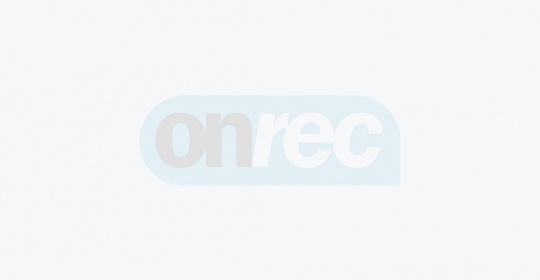The HR-XML Consortium, the global non-profit organization dedicated to creating XML standards for human resources management, has completed five new specifications designed to enable HR and e-business transactions. The five specifications are: Contact Method 1.0; TimeCard Configuration 1.0; Payroll Benefit Contributions 1.0; WorkSite and Environment 1.0; and Job and Position Header 1.0.
ìOur membership is accelerating progress across many fronts,î said Tim Farlow, HR-XML Board member, chairperson of the Cross-Process Objects Workgroup, and technology director at Authoria. ìWith the completion of these specifications, HR-XML has provided many of the core building blocks used by the vast majority of HR transactions.î
These new industry specifications augment the Consortiumís existing process-enabling specifications, such as Staffing Exchange Protocol, Benefits Enrollment, and Time and Expense Reporting, and expand the number of its specifications for ìcross-process objects.î Cross-process objects, such as Contact Method, PersonName, PostalAddress, Competencies, WorkSite and WorkSite Environment, and Job and Position Header are among the building blocks for forthcoming specifications, such as HR-XMLís Staffing Industry Data Exchange Standards (SIDES), which is targeted for completion in April 2002. Other key components being completed for SIDES include models for pay rate, work schedule, and organizational and personal identifiers.
Contact Method provides XML schema designers the patterns they need to capture postal addresses, phone numbers, email, and online and wireless messaging. The Contact Method specification provides a generalized method of describing known contact methods and is designed to be sufficiently flexible to accommodate new variations that might be prevalent in the future.
The HR-XML Time Expense Reporting Workgroup has produced a simple, flexible definition of the elements required to express time and expense data. This new schema is intended for use in conjunction with the Time Expense Reporting 1.0 schema approved by the Consortium in October of 2001. The content of a time card consists of various elements, including time interval types, cost center IDs, project IDs, etc., for which both the sender and the receiver need to know the allowed values. The TimeCard Configuration specification defines a schema that allows the trading partners to describe the allowed values for the various elements of a time card.
The Payroll Benefit Contributions specification will allow companies that offer defined contribution and similar retirement programs as part of employee benefits packages the ability to process these contributions online. By specifying the data elements that are necessary to process benefit contributions within a payroll, this specification allows the contributions information to be sent to a third party administrator. This specification is designed to support U.S. payrolls.
WorkSite and WorkSite Environment specifications will be used as cross-process objects within other HR-XML schemas. The schemas contain information pertaining to the site or location of a job or position; the environment of a job or position; dress code; and safety equipment.
Finally, the Job and Position Header specifications are high-level entities that may be used within a variety of HR management models and business processes. Both entities may be categorized into fragments such as Duties and Responsibilities, Work Policy, Requirements, and Work Schedule. The purpose of this project is to define Job and Position information that is common to all business processes. The schemas created from this project should be flexible enough to be used within other HR-XML Consortium schemas and suitable for international use.
To download these specifications, please visit: www.hr-xml.org/forms/schema_register.cfm
www.hr-xml.org
HR-XML Consortium Catapults Into 2002

.




